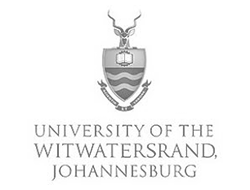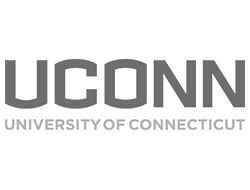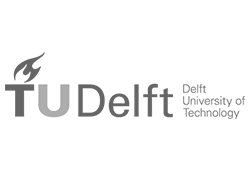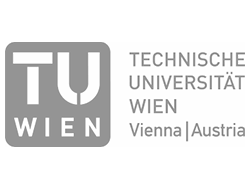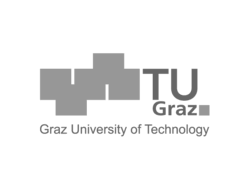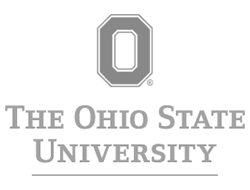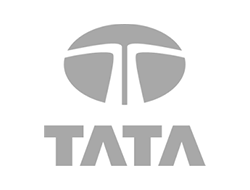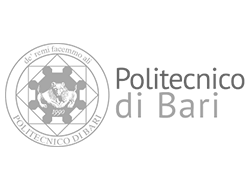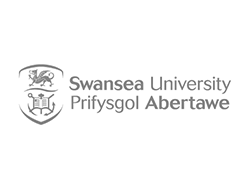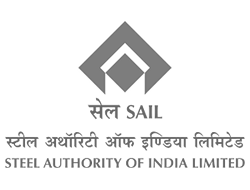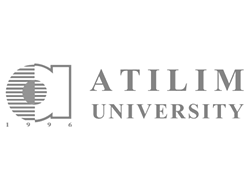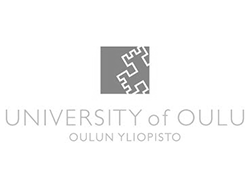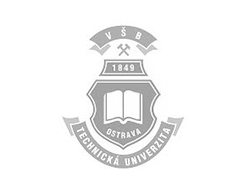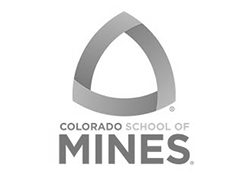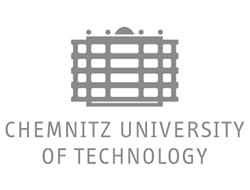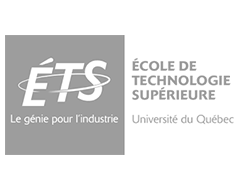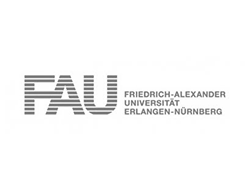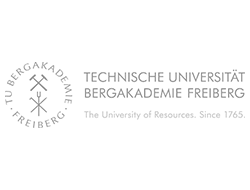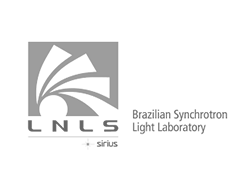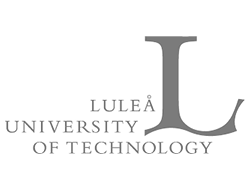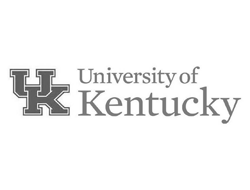Tata Steel
TATA STEEL, a pioneer in quality steel manufacturing in India, has had a very long and distinguished career. The first ingot was rolled in the plant in 1912; thereafter the plant has gone from strength to strength, and today the saleable steel figures stand at 2.3 Mtpa. The plant boasts of a modern bar and rod mill of 0.3 Mtpa and a 1 Mtpa state-of-the-art hot strip mill, along with billet and slab casters. Several high-value steels have been included in the product-mix of the plant. Both the bar and rod mill and the hot strip mill have very sophisticated thermomechanical processing facilities. The products from these mills have to be produced with international quality and in a cost-effective manner.
The R&D Division has been active in looking into all aspects of continuous casting of billets and slabs, flats products from the hot strip mill, long products from the bar and rod mill, as well as some high-quality products from the bar forging and rolling mill. It is towards this end it was felt that the use of a simulator was needed, and a Gleeble 1500 machine from DSI was installed in November, 1992. The machine, the first of its kind operating in India, has the capability to simulate continuous casting, hot deformation behavior, as well as welding of metallic materials.
The main objectives of the work usingthe simulator at Tata Steels R&D have been:
• To provide a preview of the structure and property development in the products of the mills mentioned above, under simulated conditions that would eliminate expensive plant trials.
• To provide first-level validation of the predictions made through mathematical modelling before attempting any validation in the actual plant.
In the area of continuous casting, some comprehensive studies have been undertaken to look into crack-sensitivity of billets and slabs under various plant conditions. In order to develop such a model, a number of inputs with regard to material property of steels at different temperatures and strain rates must be made, and the Gleeble 1500 has been very useful in these cases. These data have now been incorporated in the model, and the predictions from the mathematical modelling are being validated once again in the Gleeble 1500, using a melting-resolidification schedule. The plant data collected have also shown excellent matching.
In the area of flat and long products, the Gleeble 1500 has been used extensively. To begin with, for the hot strip mill, determination of high-temperature properties and continuous cooling behavior of various grades of steels has been done. Further, the five-stage finished rolling simulation has been carried out and optimization of cooling strategies on the run-out-table (ROT) has been accomplished, using the simulator. The steels studied so far include LPG cylinder grades, deep drawing and low carbon grades, where the product properties from the hot strip mill have been generally within the predictions made. Similarly, in the bar and rod mill, which incorporates a STELMOR-line (for achieving controlled cooling), the optimization of process parameters has benefitted immensely from using the data generated by the Gleeble 1500. Here, the contributions have specifically been towards prediction of the microstructure at different cooling rates and hence mechanical properties.
Rolling load calculations, particularly for the hot strip mill, have been a major area of concern. Here, high temperature flow stresses have been determined for several grades in the Gleeble 1500, and using internationally accepted relationships, rolling loads have been pre-estimated. In all cases, the predicted loads have correlated very well with the estimation made on the Gleeble 1500.
As Dr. Ing. O.N. Mohanty, Director of the R&D, says, "We cannot play around with the multimillion-dollar facilities in the plant for optimizing processing parameters, hence the Gleeble 1500 is invaluable in generating relevant information. Our experience so far with the Gleeble 1500 surely places a great deal of credence and credibility on its data and the machine is busy every day, providing valuable information. In the future, the Gleeble 1500 will help us design our processing schedules, so as to produce a range of properties without having to take recourse to a varied chemistry of steels a dream that should turn to reality soon."
Dr. Ing. O.N. Mohanty
Director, Research and Development
The Tata Iron & Steel Co., Ltd.
Director, Research and Development
The Tata Iron & Steel Co., Ltd.
This article first appeared in the Gleeble® Newsletter — Fall 1995.




